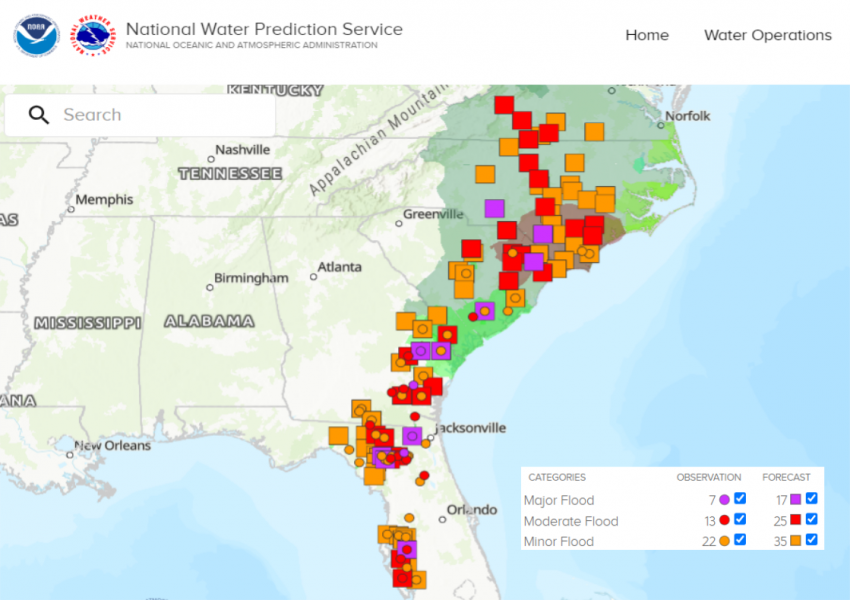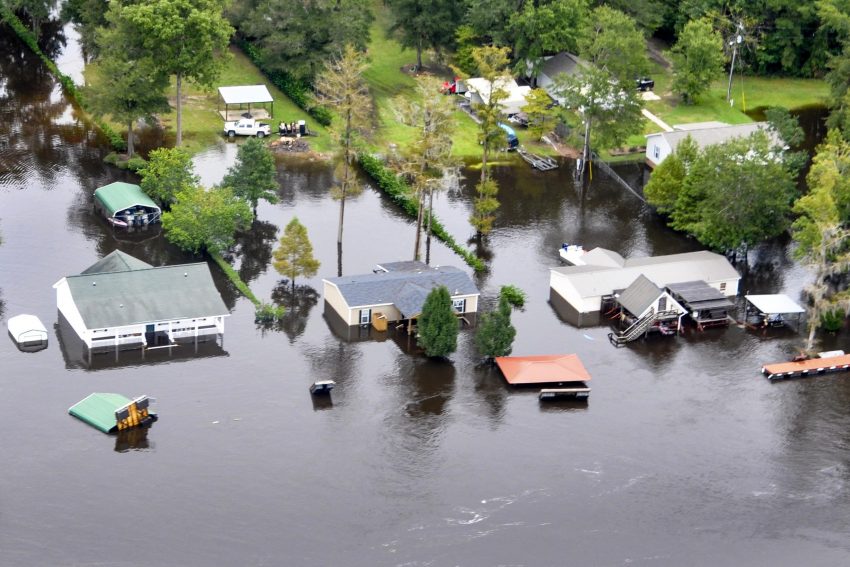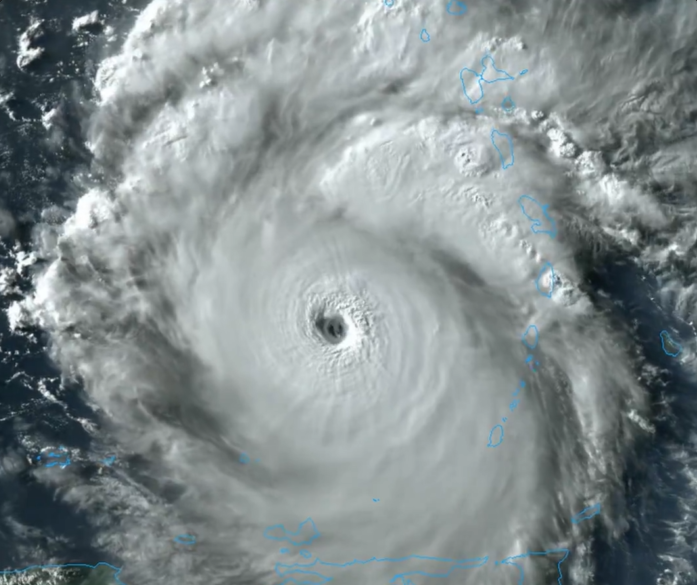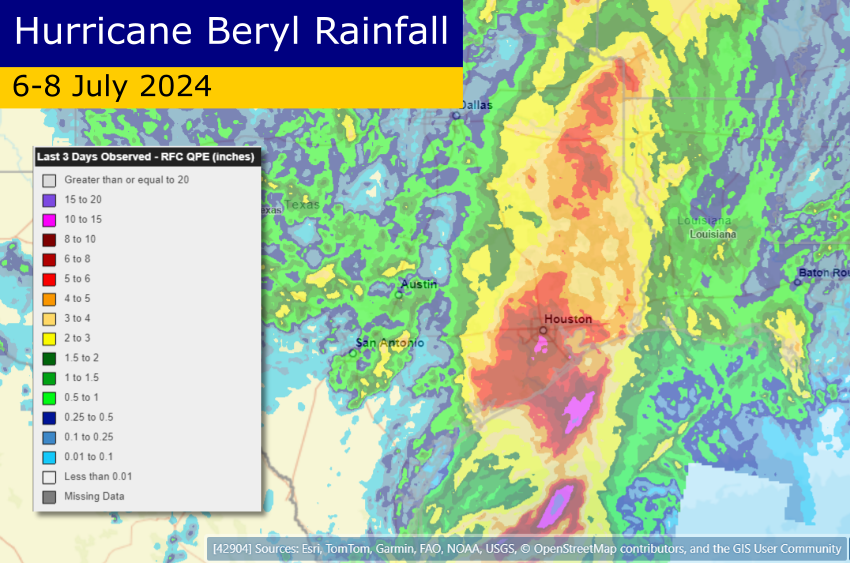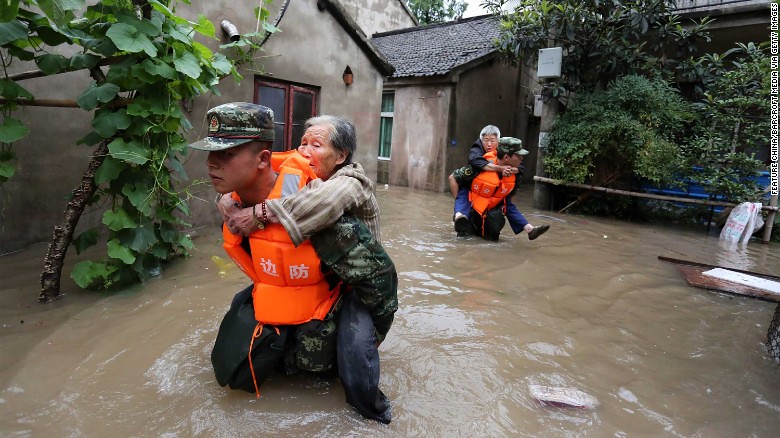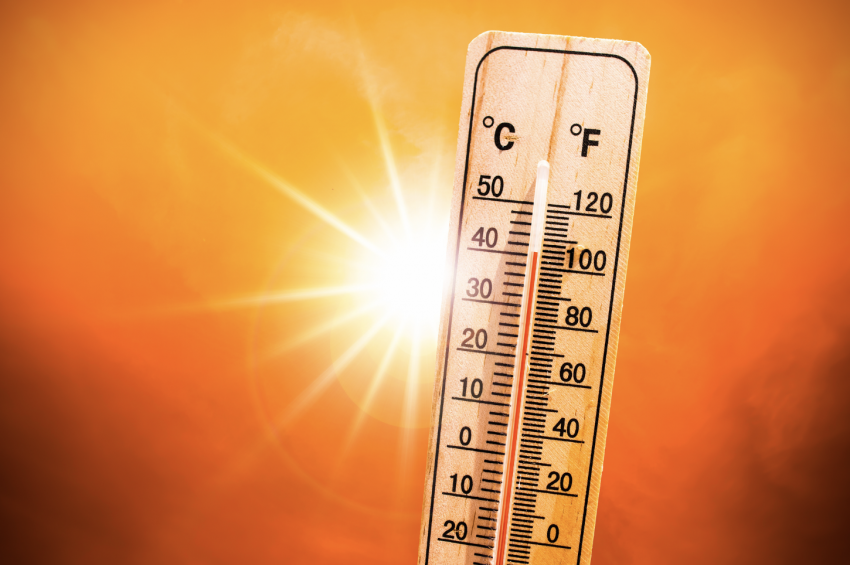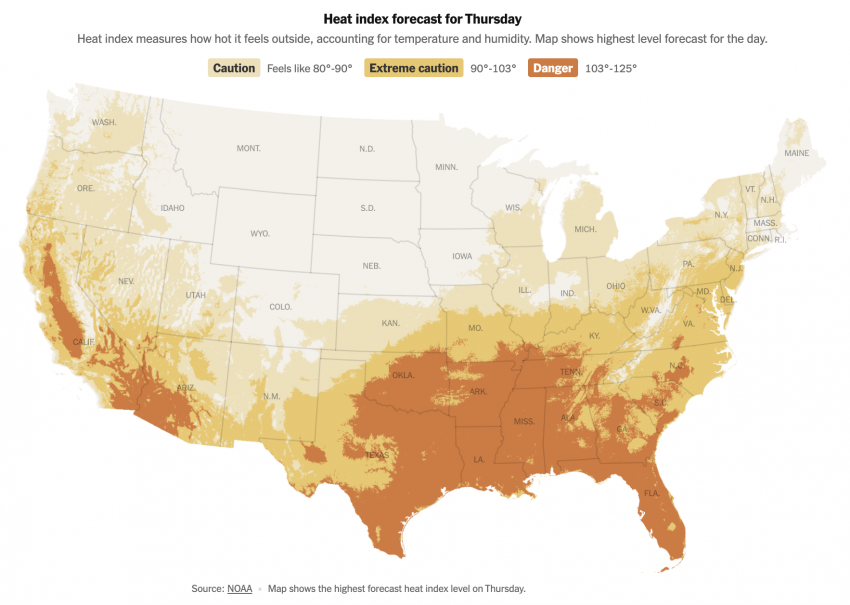Debby Crawling Along the Southeast Coast, Dumping Torrential Rainfall
Tropical Storm Debby is about to cross back onshore along the coastal Carolinas. Debby originally struck northwestern Florida as a Category One hurricane on Monday morning. The storm quickly weakened to a tropical storm but has also slowed to a crawl. Although some areas saw significant wind damage, by far the most serious and widespread impact has been from flooding.

Flooding along Savannah Highway in West Ashley near Main Road. @Live5News pic.twitter.com/YS0f4AnbGT
— Bill Walsh (@BILLWALSHTV) August 7, 2024
More photos & video from storm debby #Debby pic.twitter.com/W4dkpRWlhz
— Bryce Dixon (@dixonbryce1) August 6, 2024
Much of central Florida and coastal Georgia and South Carolina has seen 5-10 inches (125-250 mm) of rain this week. Smaller pockets have been deluged by 10-20 inches (250-500 mm) of rain (see map above). This torrential rainfall has lead to quickly rising creeks and streams. It has also overwhelmed smaller lakes and ponds, leading to dam failures. This tremendous amount of extra water will eventually drain into the larger rivers, leading to major flooding (see map of river gauges below). Storm surge of two to four feet has also affected the immediate coast, disallowing the rain water from draining effectively and exacerbating the flood situation. Additional heavy rains will continue to fall over the eastern Carolinas and points north, prolonging the threat for flooding. Lead photo courtesy US Dept of Agriculture.
